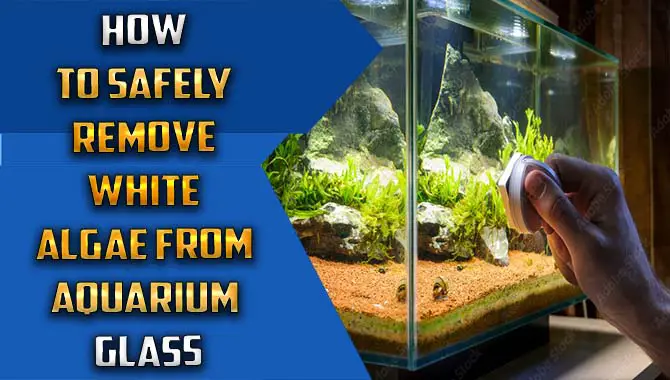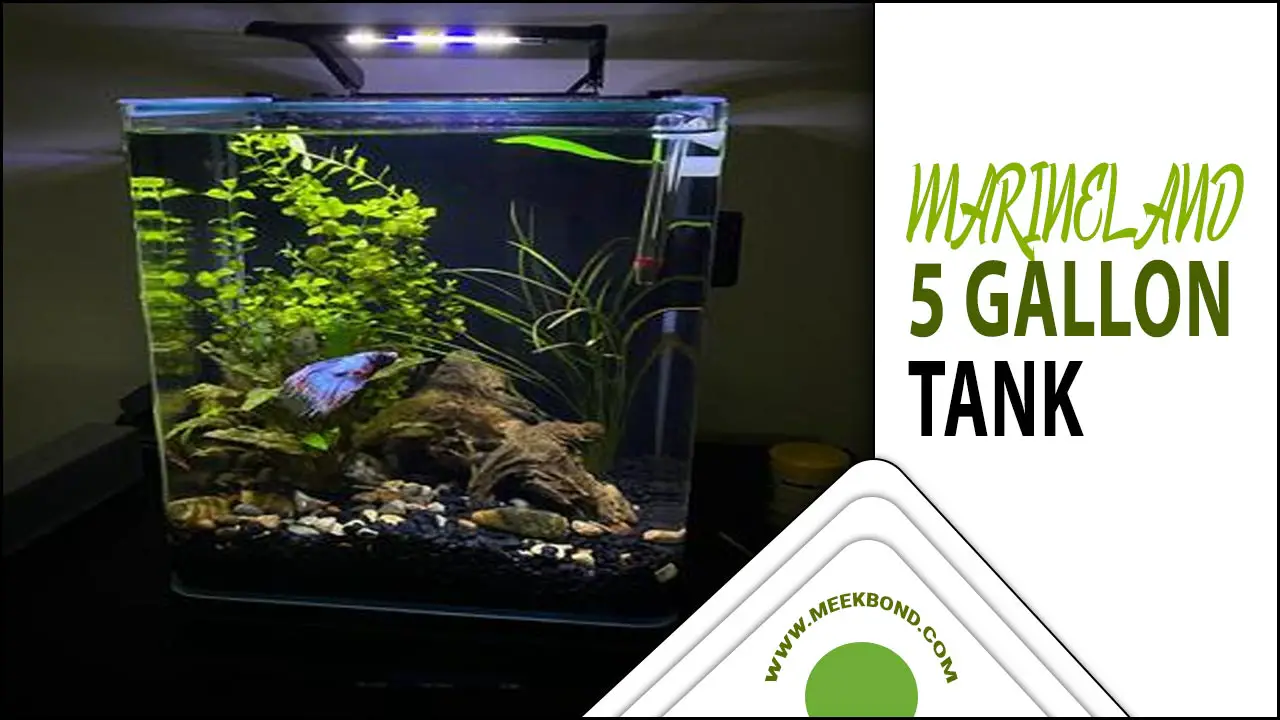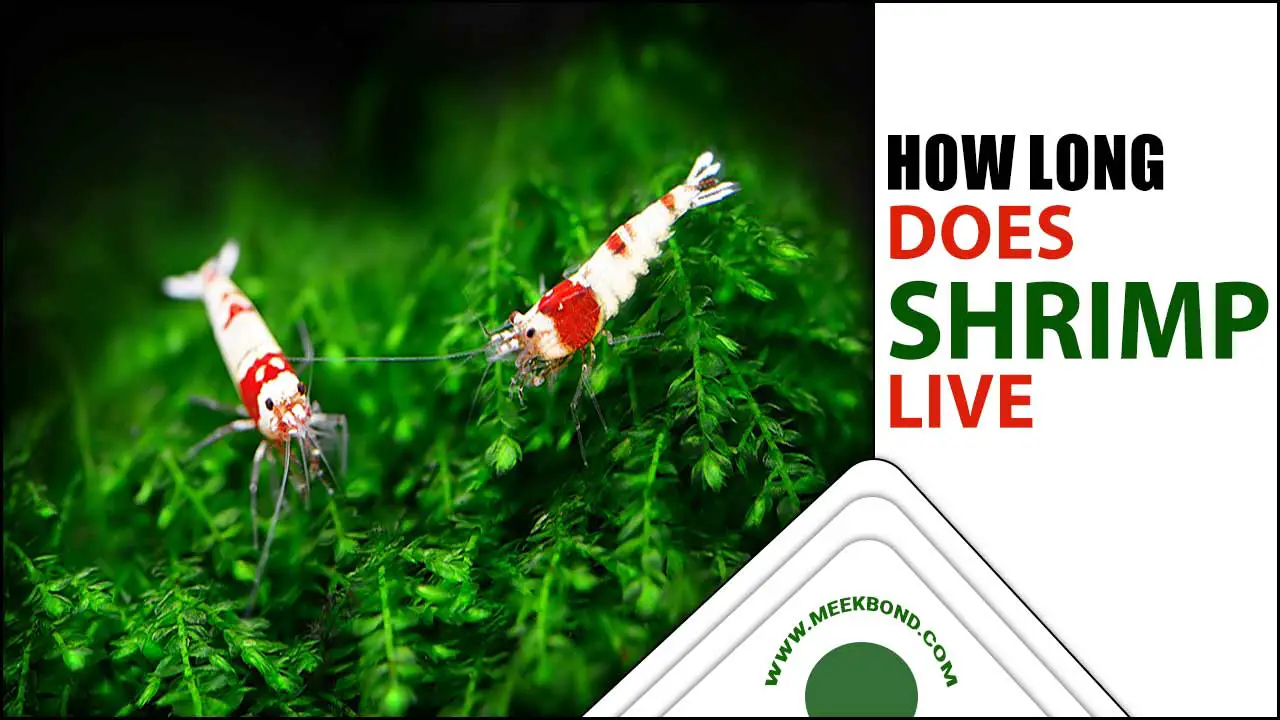Aquarium enthusiasts are constantly looking for ways to improve the quality of life of their aquatic pets. One way to enhance the health and beauty of your aquarium is by incorporating peat moss into your aquarium setup.
Peat moss is a natural, organic material rich in vitamins and minerals, making it an excellent source of nutrients for aquatic plants and animals. It is also known for its ability to lower the pH level of aquarium water, creating a more suitable environment for certain species of fish and plants.
Here, we will explore the benefits of peat moss for aquarium and how it improves water quality. And supports aquatic life and how to introduce it into your aquarium setup properly. Whether you’re a beginner or a seasoned aquarium hobbyist, incorporating peat moss into your tank can help unleash its full potential, creating a healthie and more vibrant environment for your aquatic pets to thrive.
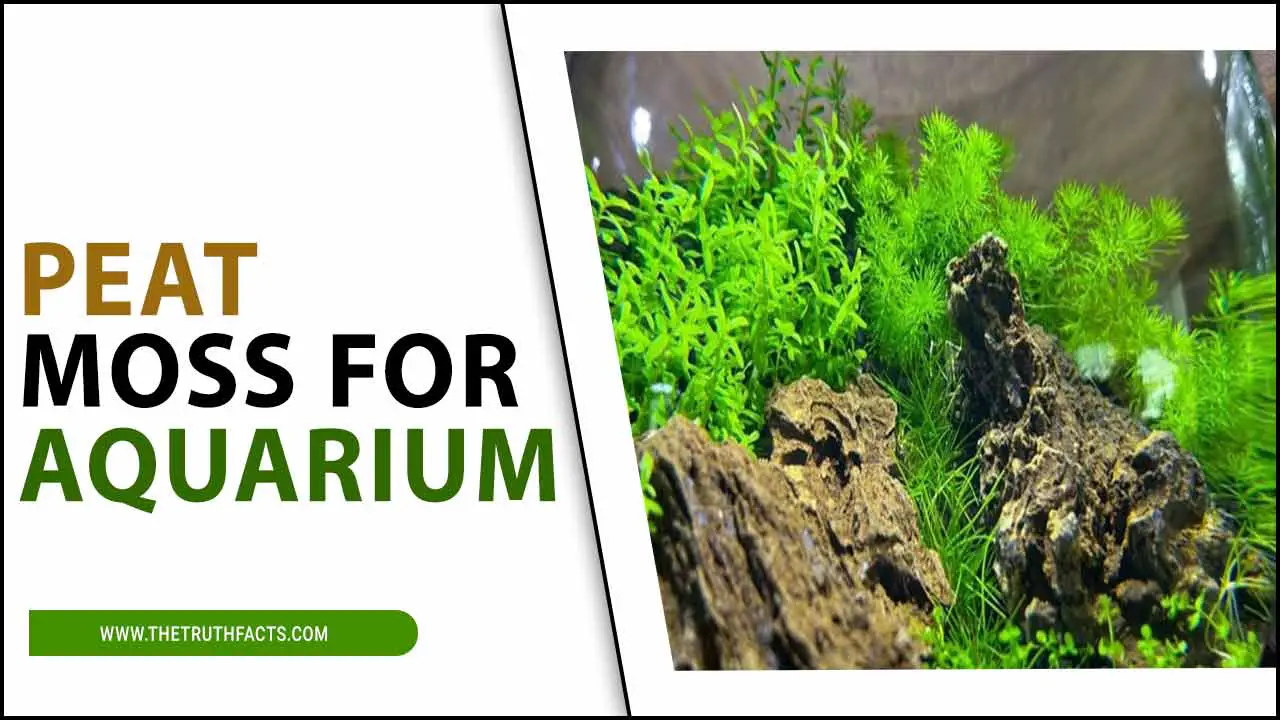
How To Use Peat Moss For Aquarium – 7 Effective Uses
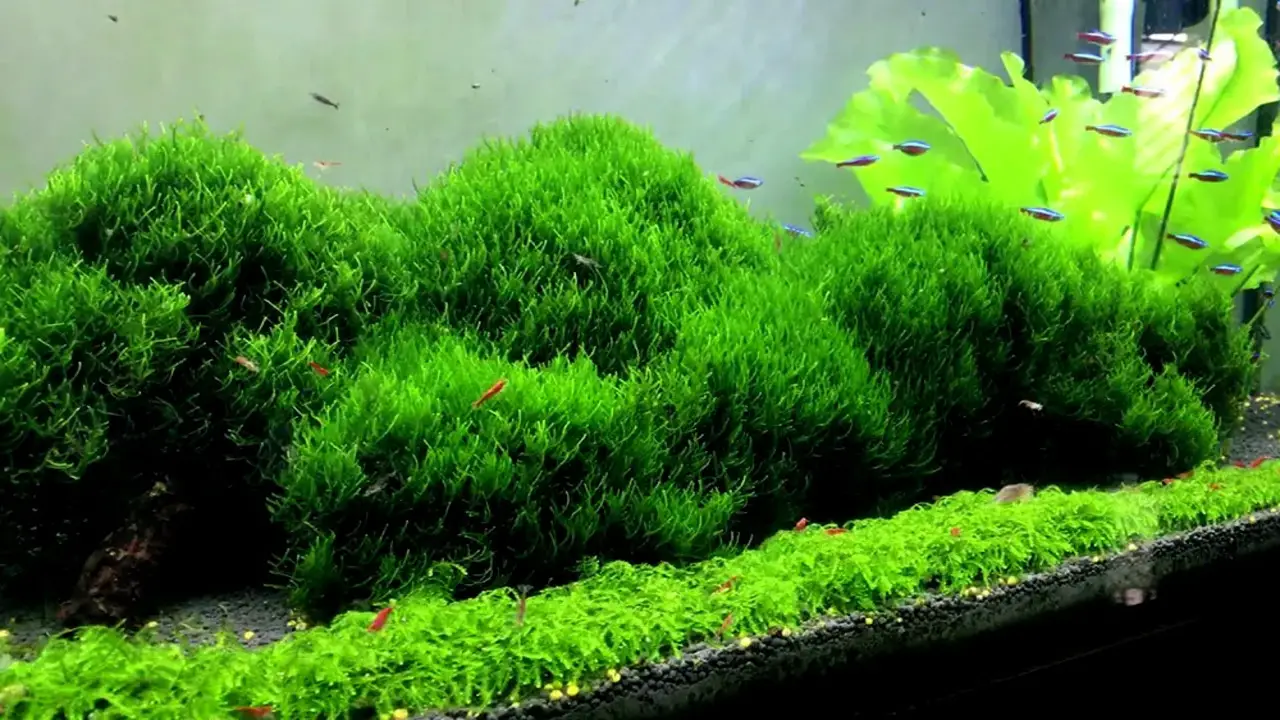
Peat moss is a popular choice for aquarium enthusiasts looking to create a natural and healthy environment for their aquatic pets. It is a natural, organic material derived from decomposed plant matter. It is known for its ability to help regulate pH levels in aquariums and is particularly useful for keeping acidic water conditions.
Additionally, peat moss is an excellent source of nutrients for plants in an aquarium. And can help reduce harmful bacteria levels. When using peat moss in an aquarium, it is important to properly prepare it by rinsing it thoroughly to remove any impurities or debris.
It is also important to note that excessive use of peat moss can turn water brown due to the release of tannins. Therefore, it is recommended to be used in moderation and monitoring the water conditions regularly. Overall, peat moss is a great addition to any aquarium for its numerous benefits. And the ability to create a natural and healthy environment for fish and plants.
1: Creating A Natural Habitat
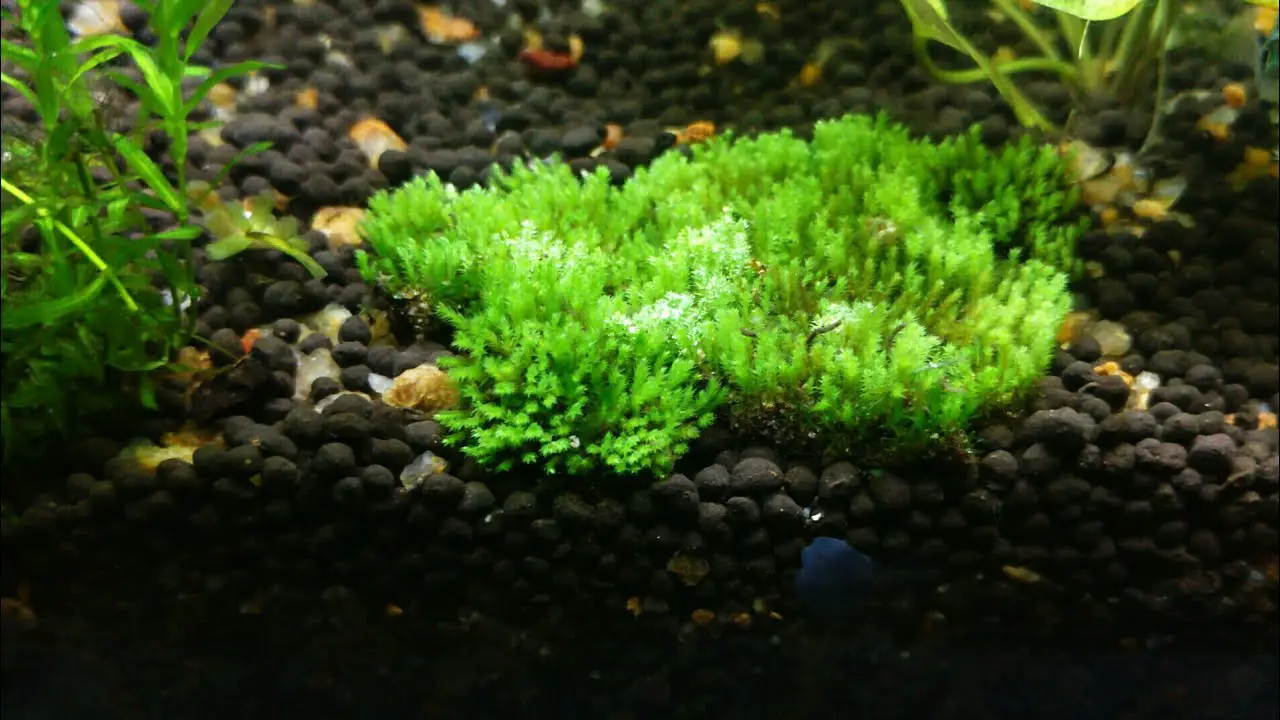
Creating a natural habitat for your aquarium is crucial for the health and well-being of your aquatic pets. One essential element in achieving this is peat moss as a substrate. Peat moss is a natural soil conditioner that is perfect for aquariums, as it provides a natural look and feel for your fish, plants, and other aquatic life forms. It is also known to help regulate the pH levels of the water, making it beneficial for fish species that require a specific pH range to thrive.
Adding peat moss to your aquarium also creates a natural environment that encourages the growth of beneficial bacteria that can help maintain the water quality and reduce the risk of diseases. Using peat moss can also improve the overall aesthetics of your aquarium, as it provides a natural-looking floor with varying textures and colors. By using peat moss as part of your aquarium setup, you can create a natural habitat that mimics the natural environment of your aquatic pets.
2: Regulating Ph Levels
Peat moss is a popular choice for aquarium owners who want to create a natural environment for their fish. This organic material is known for regulating pH levels, making it an excellent option for those who want to maintain a stable and healthy environment for their aquatic pets. Peat moss can help lower the pH of aquarium water, making it more acidic. And creating an ideal environment for certain fish species. It can also help remove harmful toxins from the water, such as heavy metals and chlorine.
3: Conditioning Water For Breeding Fish
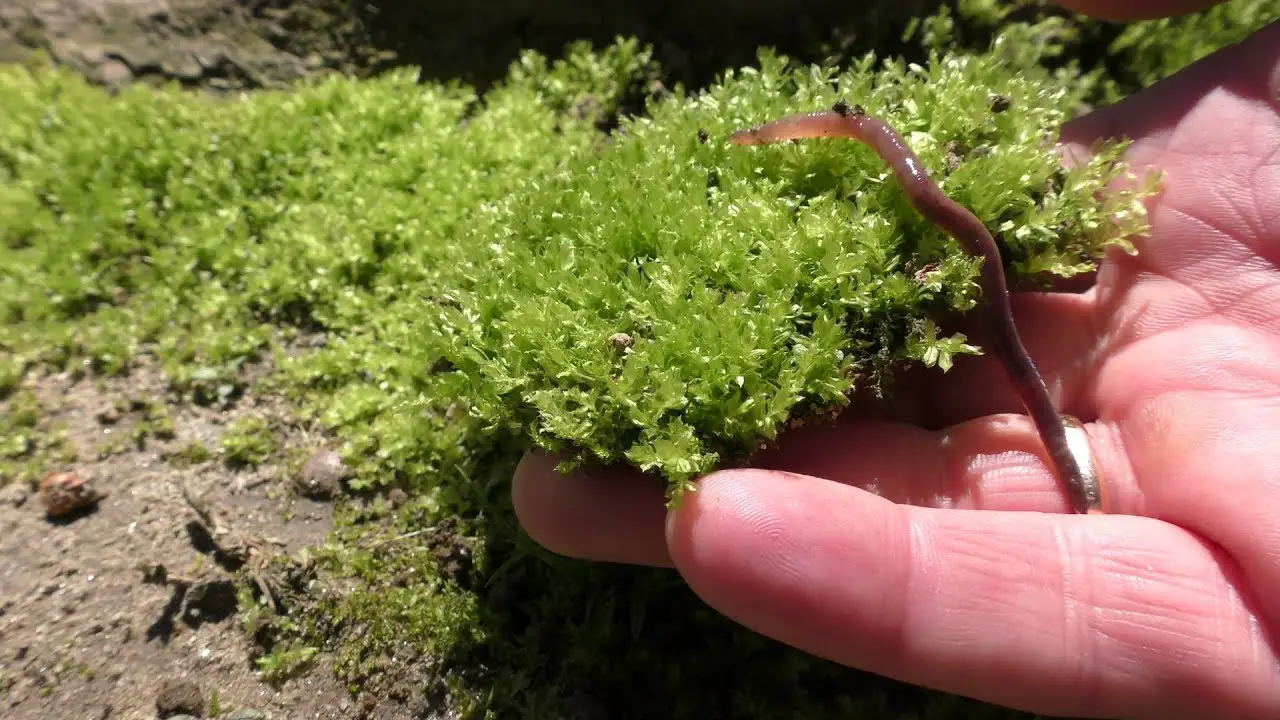
Peat moss is a type of organic matter harvested from bogs and wetlands. It has a unique ability to lower the pH of water, making it more acidic. This is important for breeding fish because many species prefer a slightly acidic environment. Additionally, peat moss can help soften water, which can benefit some species of fish that require softer water for breeding.
To use peat moss in your aquarium, simply place a small amount in a mesh bag or nylon stocking and add it to your filter or directly to the water. It’s important to note that peat moss can stain water. And may require some trial and error to determine the proper amount for your aquarium.
4: Clearing Water Discoloration
Aquarium enthusiasts often struggle with clearing water discoloration, but one proven effective solution is adding peat moss to the tank. Peat moss is a natural product widely used in horticulture to retain water and nutrients. Adding to an aquarium can help lower the pH level and soften the water, which can benefit certain fish species.
Additionally, it can aid in removing organic compounds and tannins from the water that cause discoloration. This is especially useful for aquarists who want to create a natural-looking environment for their fish. To use peat moss in an aquarium, it is important to rinse it thoroughly before adding it to the tank. This will help to remove any dust or debris that may be present.
5: Stimulating Plant Growth
Adding peat moss to your aquarium can be a great way to stimulate plant growth. And create a healthy environment for your aquatic pets. Peat moss is a natural, organic material rich in nutrients and acts as a natural filter for your aquarium.
It can help create an ideal environment for plants to grow and thrive and remove harmful toxins and bacteria from the water. This is particularly important if you have fish sensitive to changes in water chemistry or require a specific pH range. Peat moss can help to balance the pH levels in your tank. And create a more stable environment for your fish to live in.
6: Enhancing The Health Of Fish
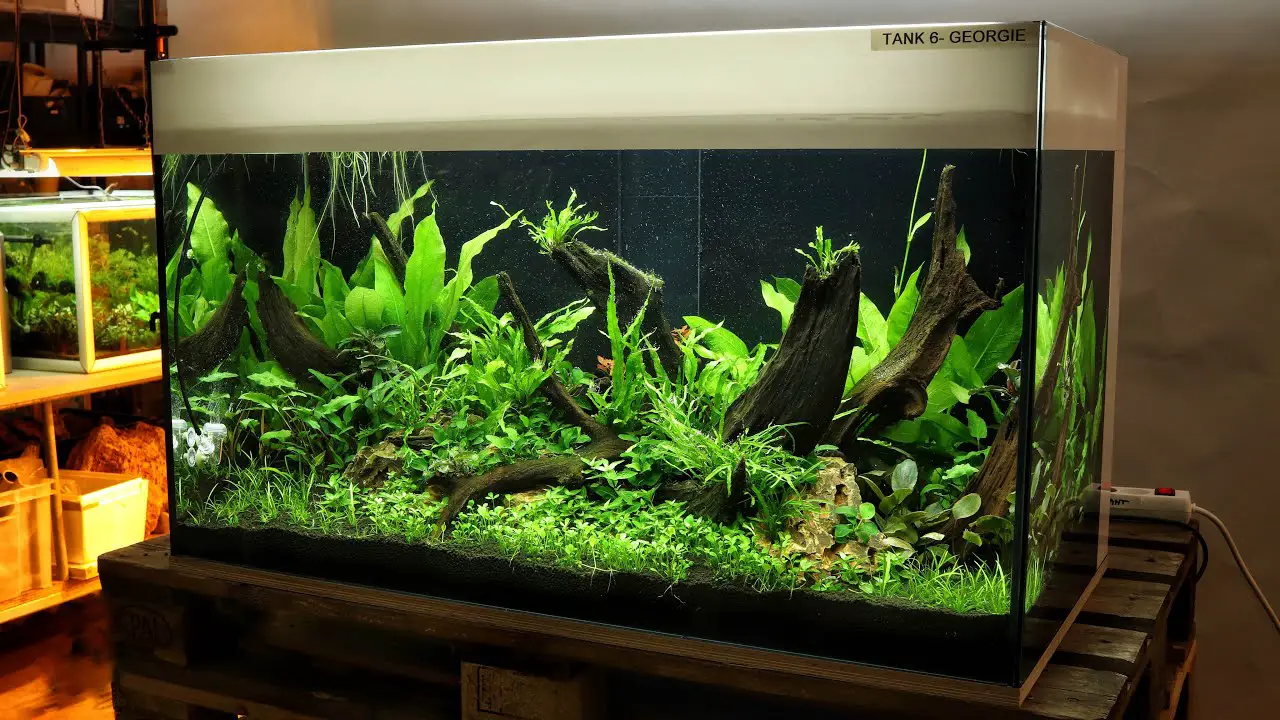
Peat moss for aquariums has been gaining popularity in recent years. Not only does it provide a natural aesthetic to the tank, but it also has numerous benefits for fish health. Peat moss is rich in organic matter and contains various beneficial compounds such as humic and fulvic acids. These compounds help lower the water’s pH, making it more acidic.
And closer to the natural habitat of many fish species. Additionally, peat moss can help to reduce the hardness of the water, which can be detrimental to the health of some fish. By enhancing the water quality, peat moss can also promote the growth of beneficial bacteria that help to break down waste and maintain a healthy aquatic environment. This can ultimately lead to healthier and happier fish.
7: Minimizing Algae Growth
Peat moss is a natural and beneficial substrate for aquariums. It can help create a healthy environment for aquatic plants and fish by providing a source of nutrients and improving water quality. However, one of the downsides of using peat moss in aquariums is that it can contribute to algae growth. The algae growth can be problematic for aquarium owners as it can cause cloudy water, unsightly green or brown patches, and even harm the aquatic life in the tank.
Fortunately, there are ways to minimize algae growth when using peat moss in your aquarium. One effective method is to limit the amount of light exposure in the tank. Algae thrive on light, so reducing the amount of light the tank receives can significantly reduce algae growth. Additionally, maintaining a consistent water temperature and performing regular water changes can help keep algae levels under control.
Choosing And Preparing Peat Moss To Use For Aquariums
When creating a healthy and sustainable aquarium environment, selecting and preparing the right materials is crucial. One such material that has gained popularity in recent years is peat moss. Peat moss use can provide various benefits, including natural filtration, water softening, and the release of beneficial humic acids. However, choosing the right peat moss and preparing it properly before adding it to your tank is important. When selecting peat moss, look for products free of additives and pesticides.
You can also choose between different forms, including loose and compressed peat pellets. Before using peat moss in your aquarium, it’s important to soak it in warm water for several hours to remove any excess tannins and ensure it sinks to the bottom of the tank. Once the peat moss is ready, place it in a filter bag or directly in your aquarium substrate. With proper preparation and use, peat moss can be a valuable addition
Tips For Using Peat Moss In Your Aquarium
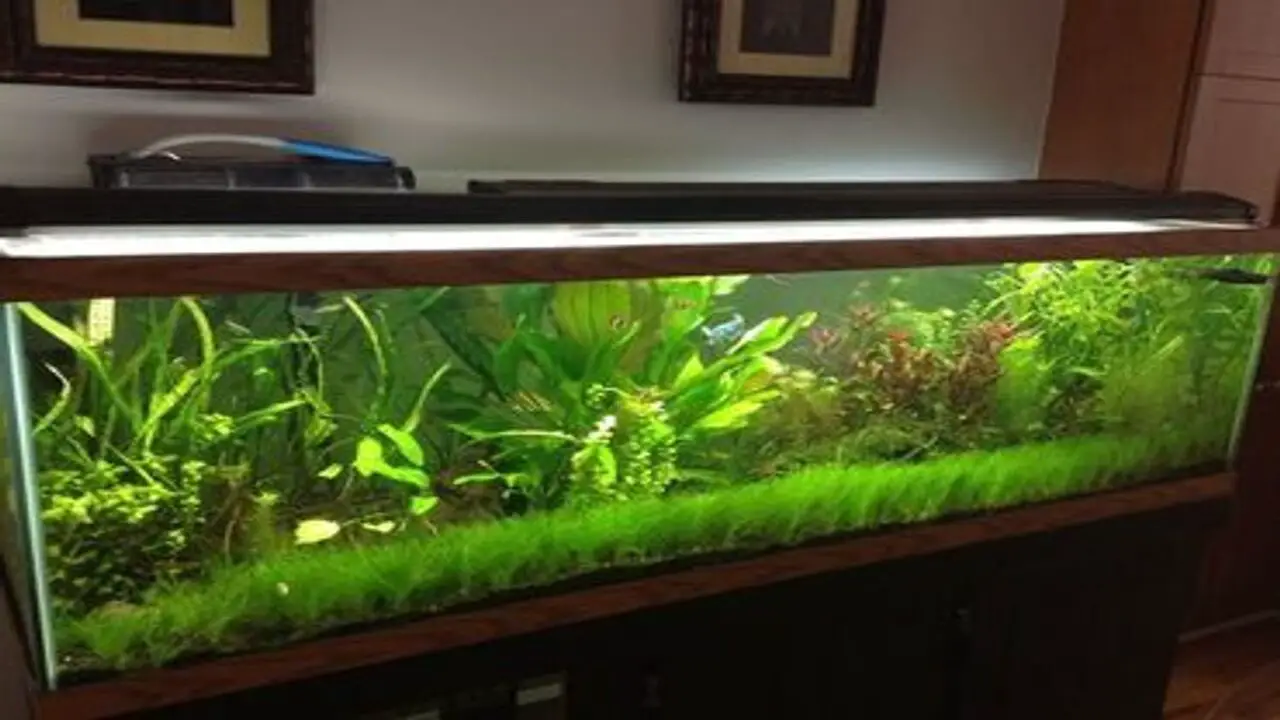
Peat moss is an excellent natural substrate for aquariums that provides various benefits. One of the primary benefits of using peat moss in your aquarium is that it can help create an acidic environment, which is ideal for certain fish and plants.
When using peat moss, choosing a high-quality product specifically designed for aquariums is important. You should also avoid using too much peat moss, as this can lead to an excessive buildup of organic matter that can harm your fish and plants.
If you’re looking to use peat moss in your aquarium, remember a few tips. First, make sure to rinse the peat moss thoroughly before adding it to your tank, as this can help remove any dirt or debris that may be present. You should also consider using a mesh bag or filter containing peat moss. And prevent it from spreading throughout your tank.
Conclusion
Peat moss might not be the first thing that comes to mind when you think about aquariums, but it can be a game-changer for your underwater world. From helping to lower pH levels to creating a natural-looking environment, peat moss can be versatile. And affordable addition to your aquarium setup. Peat moss is a popular choice for aquarium enthusiasts who want to create a natural and healthy environment for their fish.
It is a natural filtration medium that helps maintain the water’s pH levels by releasing tannic acid. This acid lowers the pH levels, creating a more acidic environment, which is beneficial for certain types of fish, like Discus and Angelfish. Peat moss also has natural antibacterial properties that help to prevent the growth of harmful bacteria that can harm fish and other aquatic life. We hope our information on using peat moss for aquariums was helpful to you.
FAQs
What Is Peat Moss And How Is It Used In Aquariums?
Peat moss is a type of organic soil harvested from decomposed sphagnum moss. It is commonly used in aquariums to lower the pH level of the water. And create a more acidic environment for certain types of fish and plants.
What Are The Benefits Of Using Peat Moss In Aquariums?
Peat moss can be used in aquariums to lower the pH levels and soften the water. It can also provide a natural source of tannins which can have a calming effect on fish. Additionally, peat moss can serve as a substrate for growing plants and help remove impurities from the water.
Can Peat Moss Be Harmful To Aquarium Fish Or Plants?
Peat moss can positively and negatively affect aquarium fish and plants. On the one hand, it can help lower the pH levels of the water, which is beneficial for some species of fish and plants. On the other hand, it can release tannins into the water, which can stain it. And affect the coloration of some fish.
How Do You Properly Prepare And Add Peat Moss To An Aquarium?
Here are the steps to properly prepare and add peat moss to an aquarium:
1.Choose high-quality peat moss free from any chemicals or additives. Rinse it thoroughly to remove any dirt or debris.
2.Soak the peat moss in a separate container for at least 24 hours.
Are There Any Alternatives To Using Peat Moss In Aquariums To Achieve Similar Results?
Some of the alternatives include coconut coir, almond leaves, and botanical extracts. These can help to lower pH levels, soften water, and provide natural tannins without the environmental concerns associated with peat moss.

Aquarium passion is all about connecting with the aquatic life and providing education to the public on the importance of these creatures. We showcase a wide variety of marine life through our exhibits as well as working with schools to provide unique learning opportunities for students of all ages.

